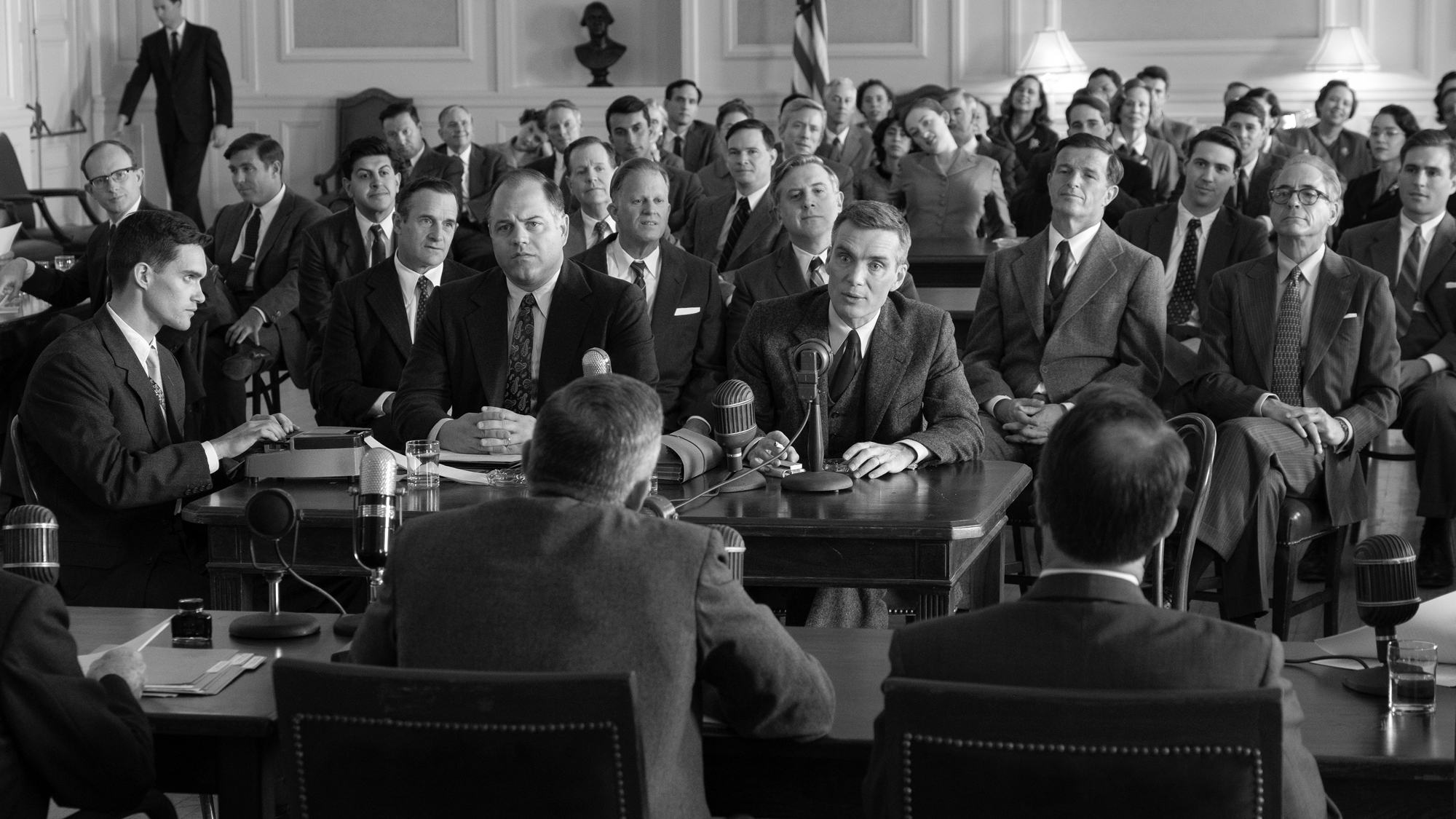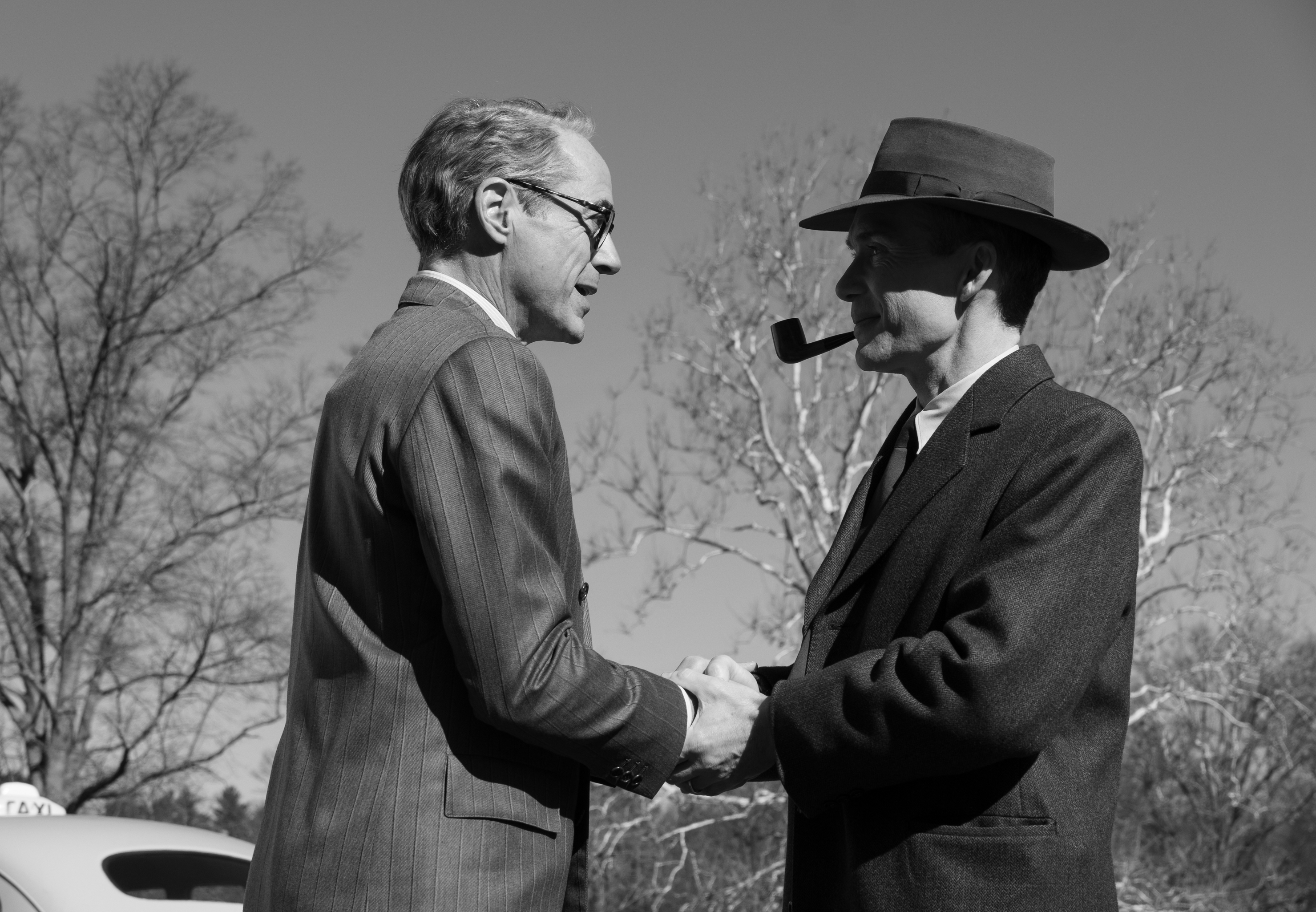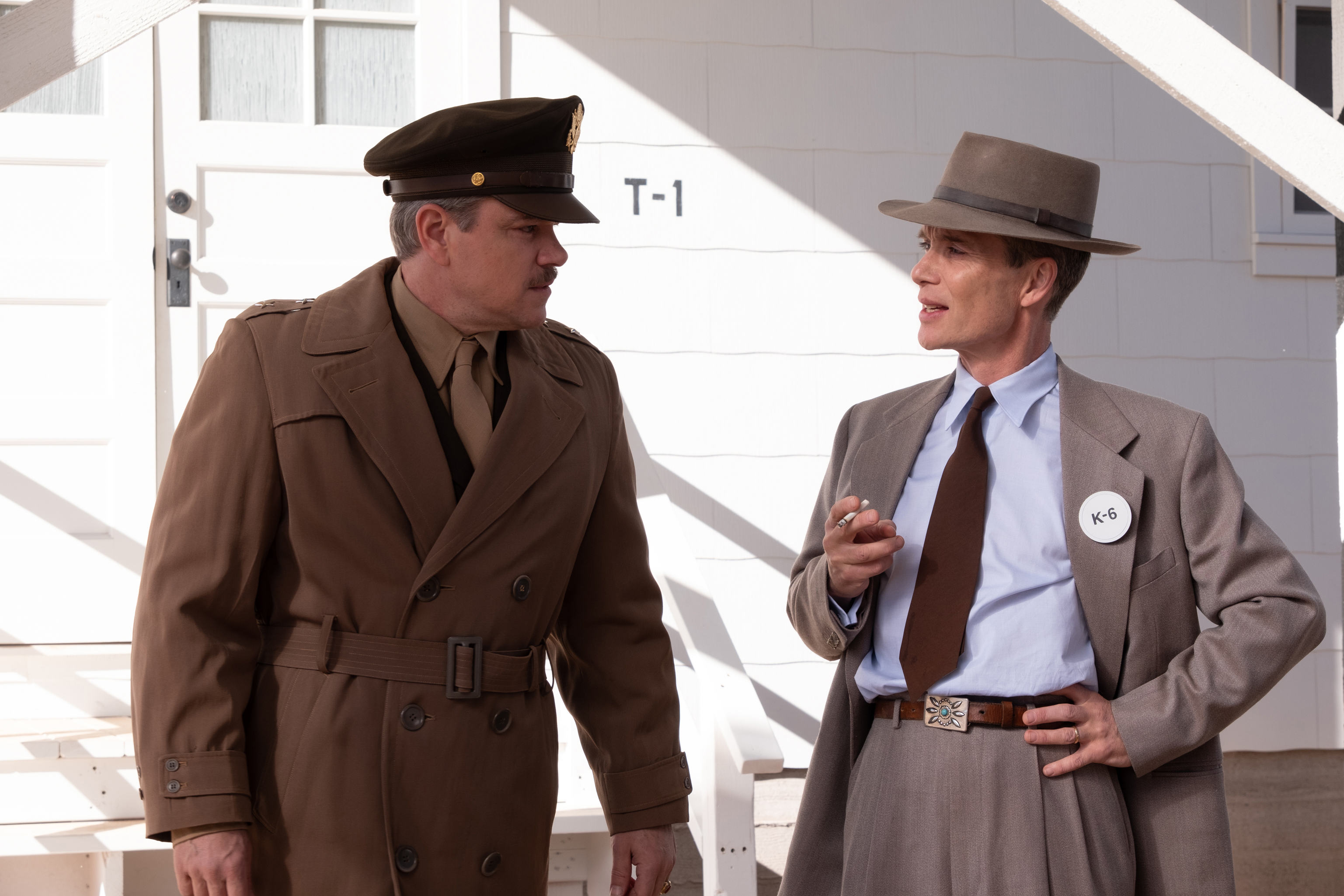B&W film stock used in Oppenheimer was created specially by Kodak for the movie
The black-and-white scenes in Oppenheimer show more than just a brand-new film type – they offer a different perspective too

Last Friday, the epic biopic about J. Robert Oppenheimer – the theoretical physicist who was elemental in developing the atomic bomb – hit the big screens. In its opening weekend, Oppenheimer took $46.4 million worldwide at the box office making it the fourth-best weekend ever for IMAX. Those who've already seen it will know it’s shot in black and white and color, but what you may not know is that the black and white film used in the movie was created specifically at Christopher Nolan’s request.
Before Oppenheimer, 65mm Double-X 5222 film didn’t exist. You could get it in 35mm and 16mm varieties, but the large format film required to shoot on high-resolution 70mm IMAX cameras was a mere fantasy. Hoyte Van Hoytema, the cinematographer on Oppenheimer contacted Kodak to find out if they had any large-format black-and-white film available but was told not only had they never made it – they weren’t even sure it was possible.
• Check out the best film for 35mm cameras and browse a range of black and white and color options

This isn't the first time Kodak has been tasked with creating a film for a very specific movie or TV series. Season 2 of Euphoria was shot entirely on Kodak 35mm Ektachrome film and, to supply enough, they had to reopen part of the factory. Lucky for Nolan and Hoytema, Kodak was not only able to deliver on their request, but when the pair saw the first projection tests they know it was all worth it. “We’d never seen anything like it— very special, very beautiful,” Hoytema writes on the Kodak blog.
Creating 65mm Double-X 5222 film presented several hurdles including getting the thickness of the backing for the film emulsion right, creating new gates and pressure plates on the Panavision cameras, and ensuring Fotokem – the lab in charge of developing the film – could actually process it.
I won’t give any spoilers but I have been lucky enough to see Oppenheimer and it is beautifully shot. Using a mix of Vision3 250D and Vision3 500T color film and Double-X 5222 65mm black and white film, Nolan tells the story of Oppenheimer from two perspectives. Scenes shot in color are Oppenheimer’s personal experience, while the black and white scenes are told from the perspective of Lewis Strauss, head of the Atomic Energy Commission at the time.
• APS-C cameras ARE pro kit – as proved by Oppenheimer's publicity shots
The best camera deals, reviews, product advice, and unmissable photography news, direct to your inbox!

Shooting a film in both black-and-white and color is a tactic Nolan has dabbled with before. In the 2000 film Memento, starring Guy Pearce, Nolan switched between color and black and white to show a different sequence of events. While the black and white shots run in chronological order, the color scenes are in reverse order.
Once again, Nolan and everyone else involved in producing Oppenheimer have created a three-hour-long film that doesn’t once have you thinking “When will this be over?” It’s engaging from start to finish, the dialogue is intellectual yet understandable, the soundtrack is captivating and the special effects portraying quantum matter are magical. I’ve been a fan of Nolan since I first watched his 2002 film Insomnia starring Al Pacino and Robin Williams but I truly do think this is some of his (and Murphy's) finest work.
Why not also discover the best film cameras for shooting stills, not video

Having studied Journalism and Public Relations at the University of the West of England Hannah developed a love for photography through a module on photojournalism. She specializes in Portrait, Fashion and lifestyle photography but has more recently branched out in the world of stylized product photography. Hannah spent three years working at Wex Photo Video as a Senior Sales Assistant, using her experience and knowledge of cameras to help people buy the equipment that is right for them. With eight years experience working with studio lighting, Hannah has run many successful workshops teaching people how to use different lighting setups.
